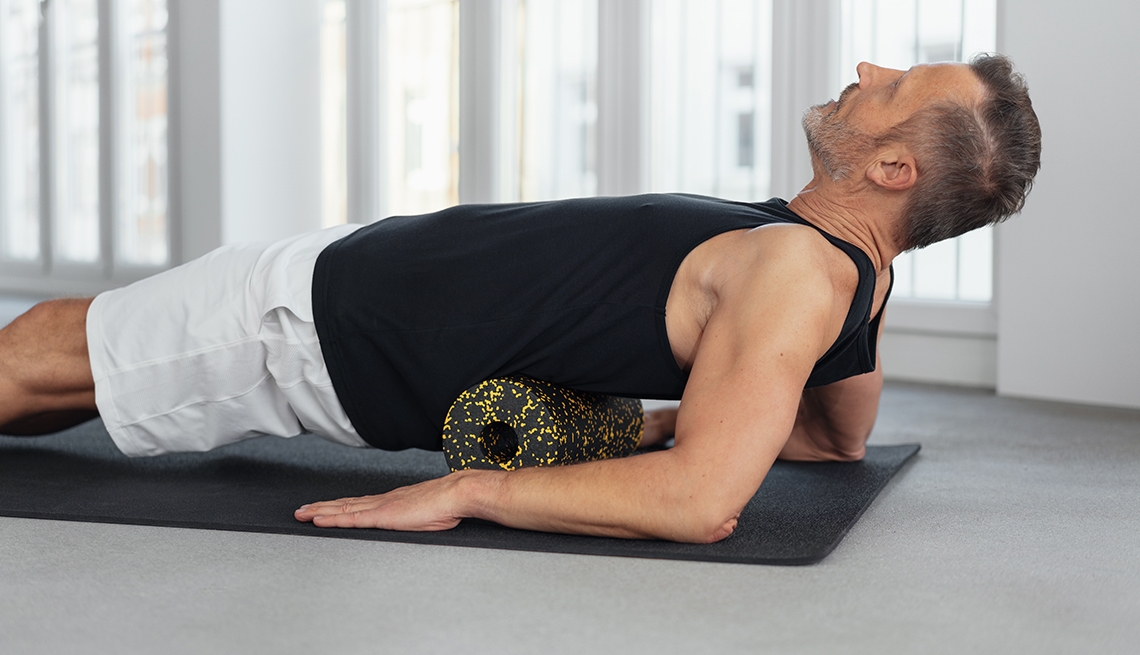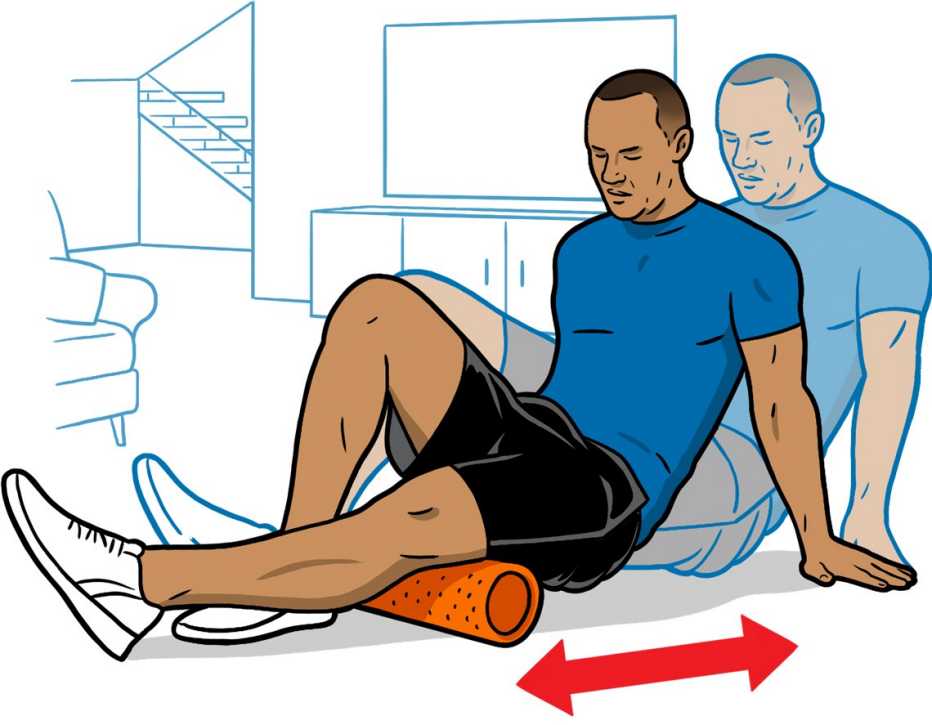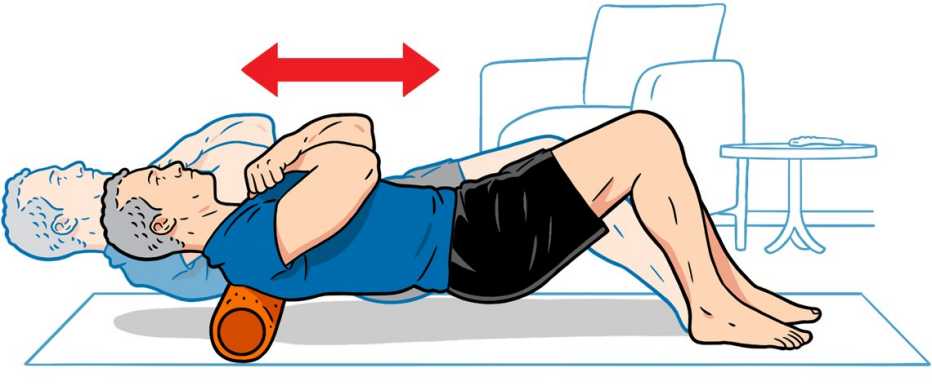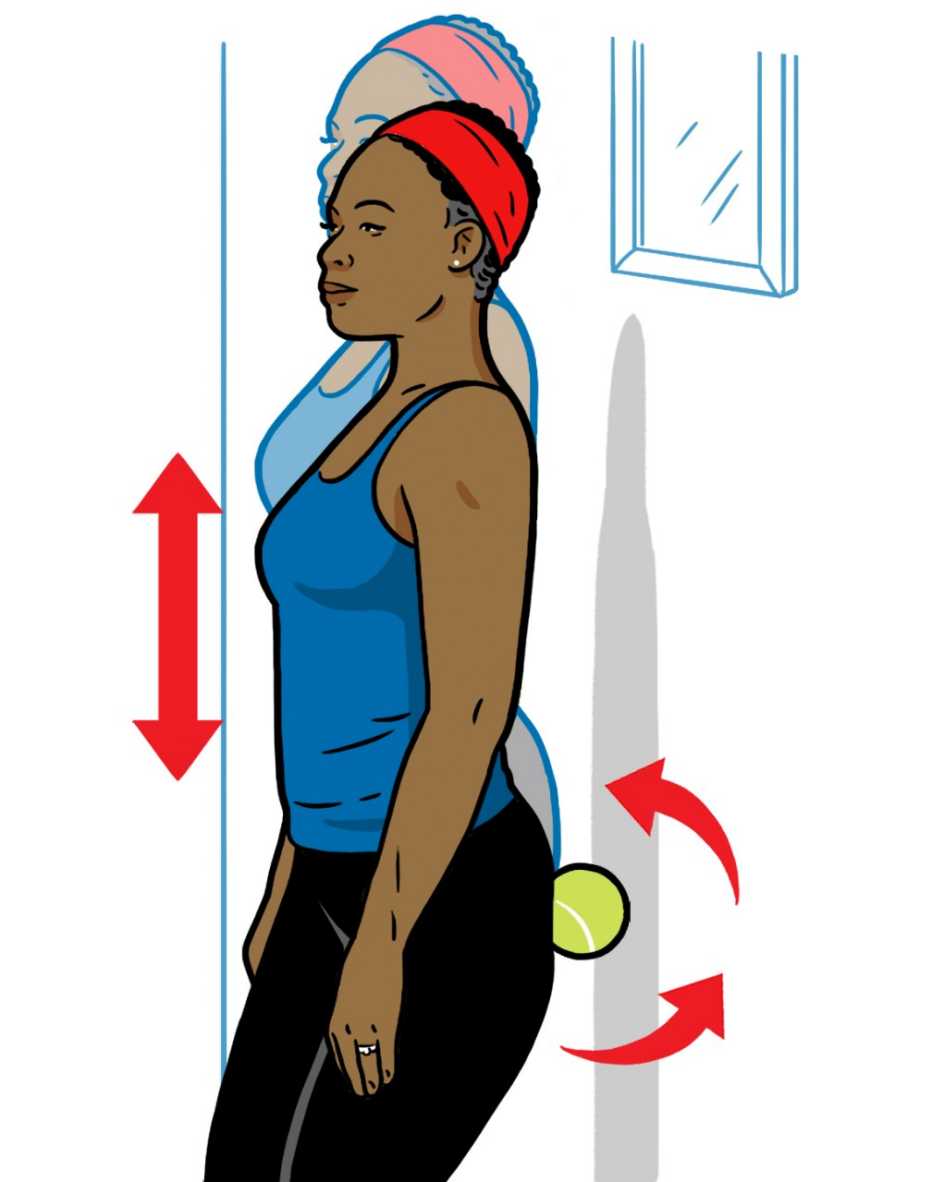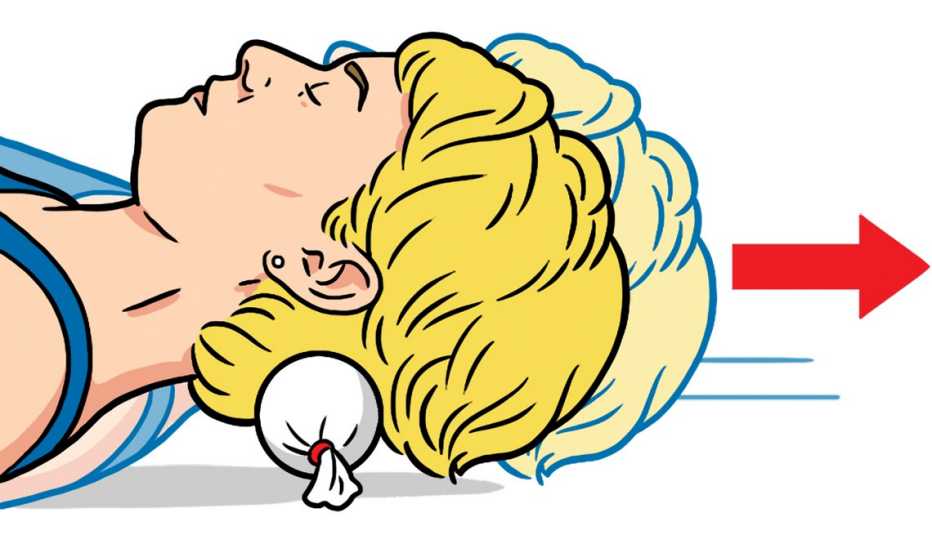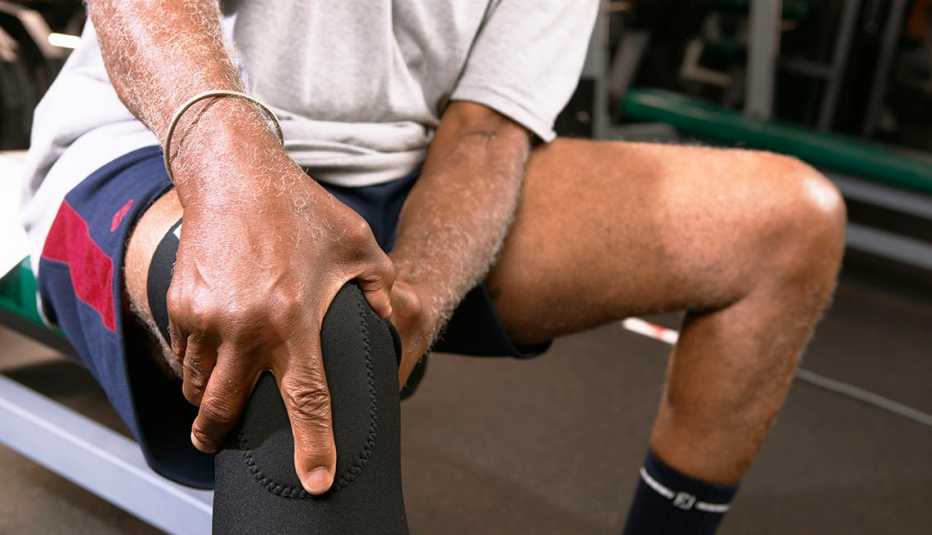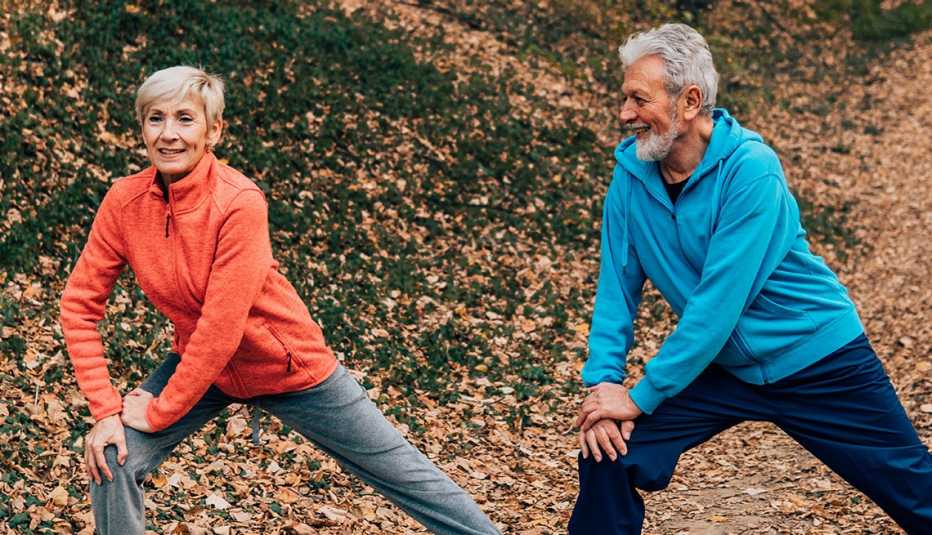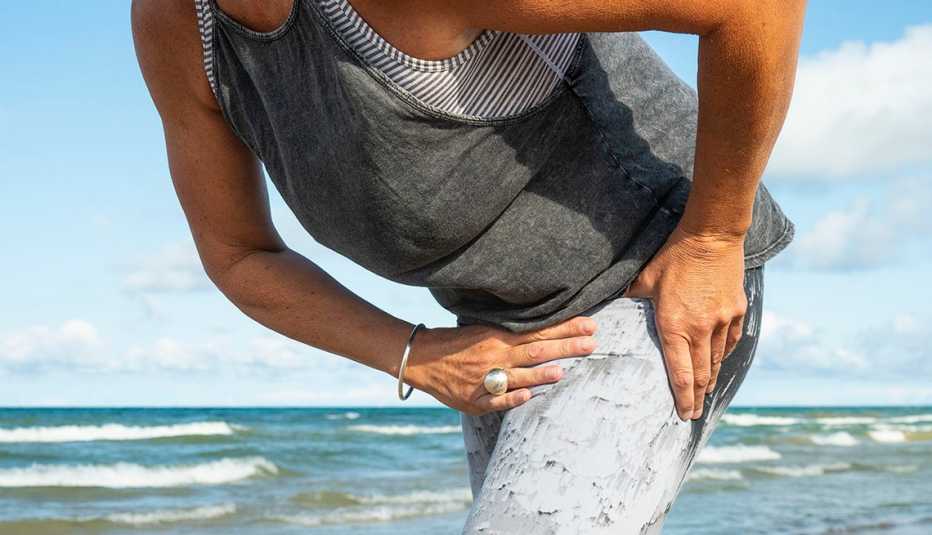AARP Hearing Center
When you think massage, you may think of a pampering trip to a spa: luxurious, indulgent, expensive. But massage can also be an effective way to alleviate everyday aches and pains, and you can enjoy one for free if you know how to do it yourself at home.
Tips for making the most of each move:
- Roll back and forth as described for at least 30 seconds before continuing on to the next movement.
- Breathe deeply to help your muscles relax.
- Don't roll directly over joints or bones—the ball or foam roller should touch only your muscles.
"Whenever you press and roll tight muscles and tissues over an object, such as a ball or cylindrical foam roller, it activates nerve receptors that tell your brain it's OK for that muscle or tissue to relax,” says massage therapist Joe Yoon, author of Better Stretching. “In less than a minute, you can increase your range of motion, providing temporary relief from common persistent pains anytime you need it. Rolling can even lower your risk of many types of other aches and pains if done regularly."
Stress, overuse or imbalance can cause muscles to tighten up, causing pain not just in the area where the muscles are tight but throughout the body. For example, tight hamstrings from constant sitting may cause your lower back to hurt, while irritation in the supportive tissue along the outside of your thighs can trigger knee pain. But by targeting a handful of places with a couple of simple self-massage moves, you can begin relieving pain right now. Here's a six-point plan, designed by Yoon, that can reduce discomfort. Talk with your doctor if you experience chronic pain or before starting any new exercise program.
Knee pain

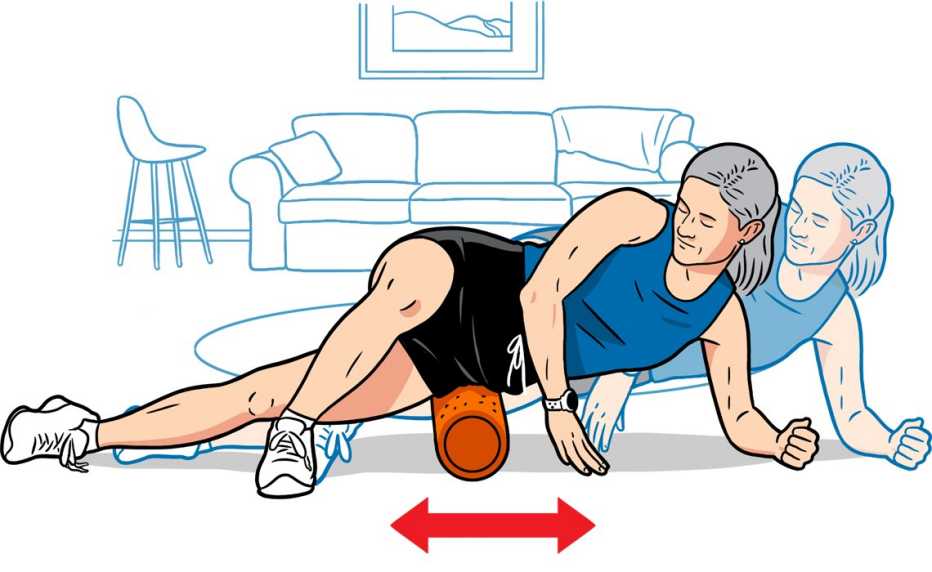
Target: iliotibial (IT) band, a stabilizing strip of tissue along the outside of your thigh
Tool needed: foam roller
Lie on your left side with the roller tucked under your left hip. Bend your left arm so that you're resting your weight on your left elbow and forearm for support. Finally, cross your right leg over your left so that your right foot touches the floor in front of you. Now, slowly roll back and forth so that the roller moves up and down, from just below your hip to just above your knee (so it massages the entire length of your outer thigh). Continue for 30 seconds, then switch to your right leg.
Tip: If you find a sore spot, stop and concentrate on it for a few seconds. This can help release any extra tension you may be holding in that area.































































